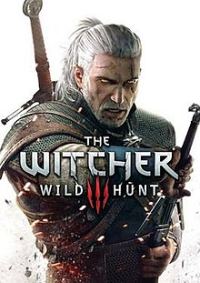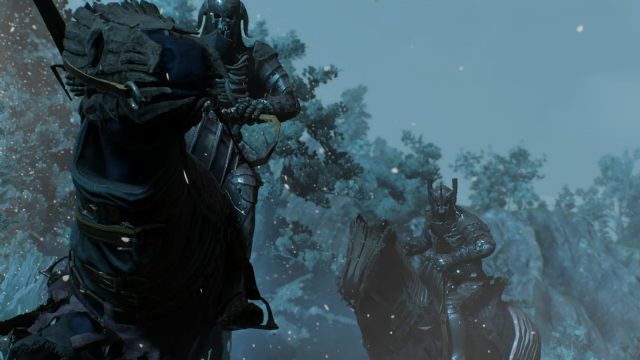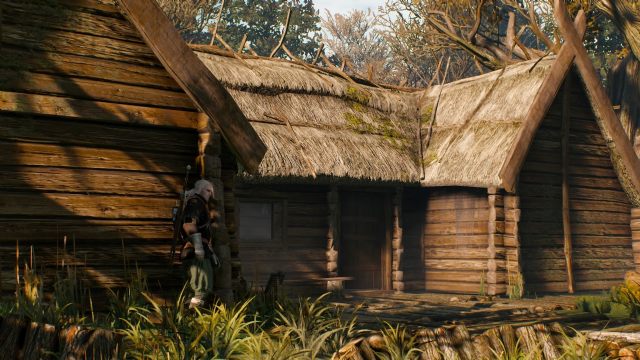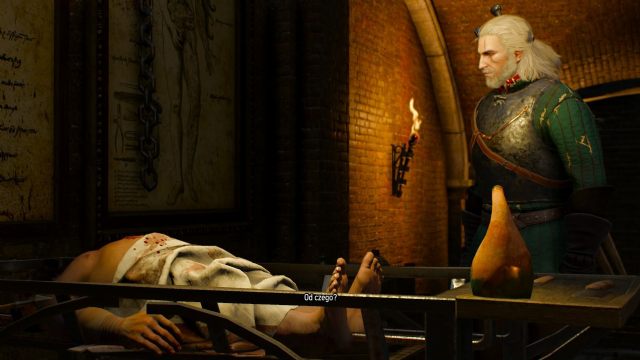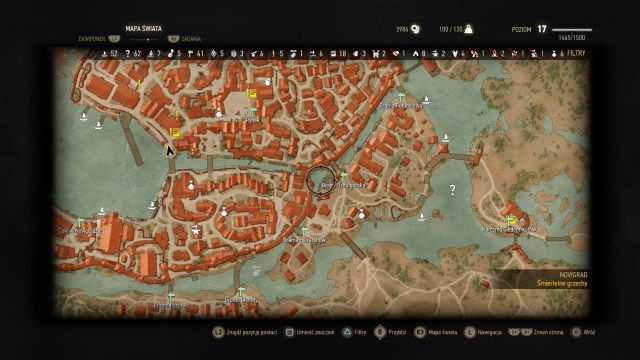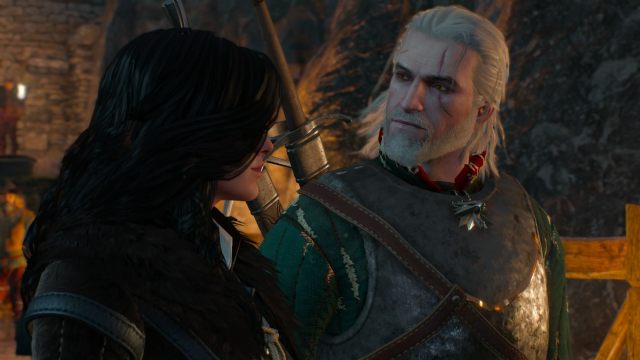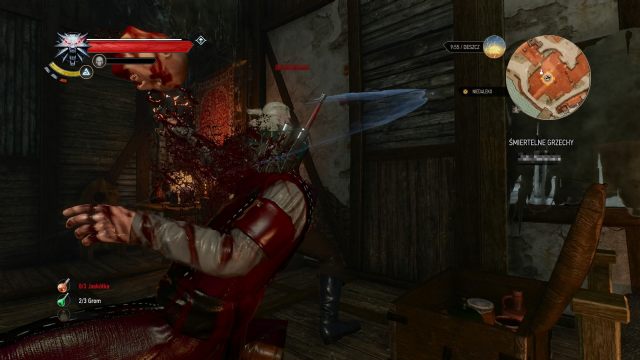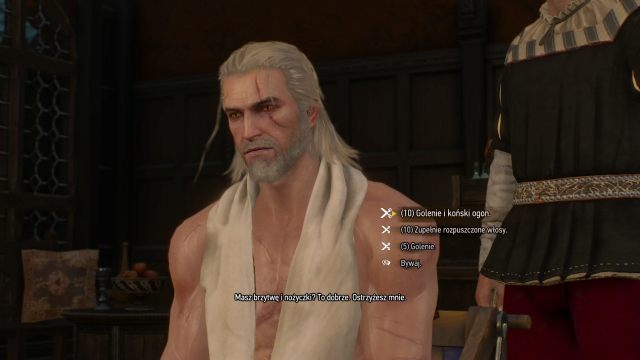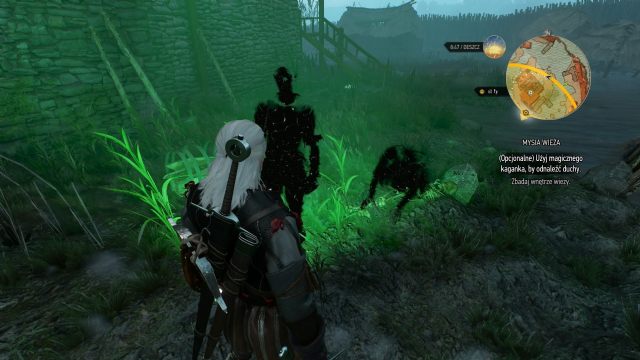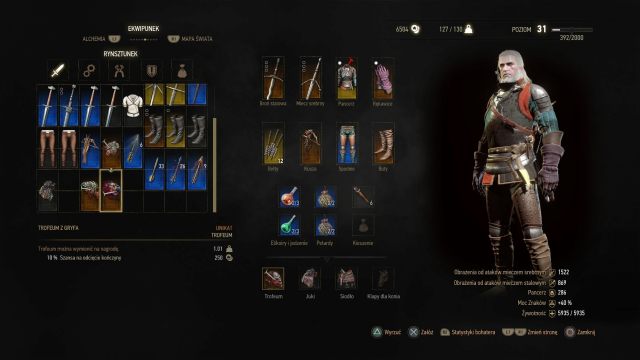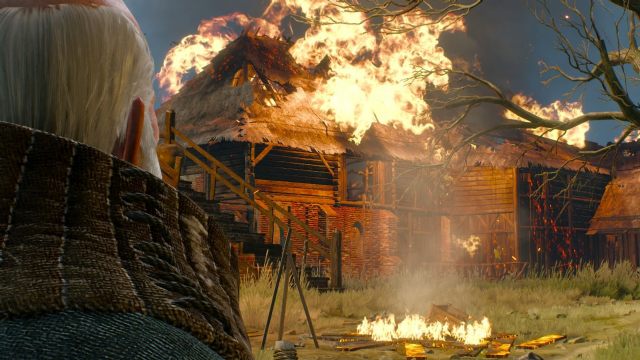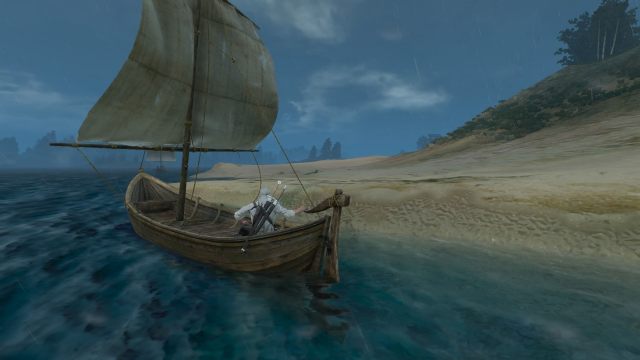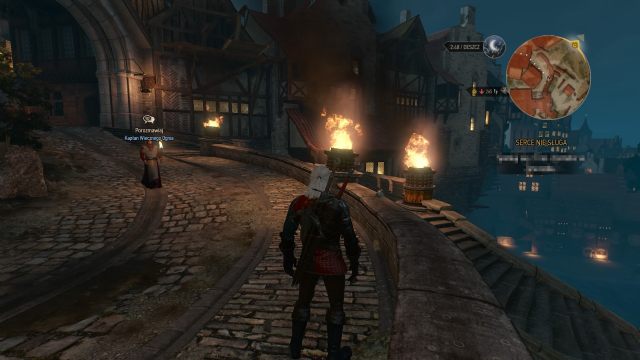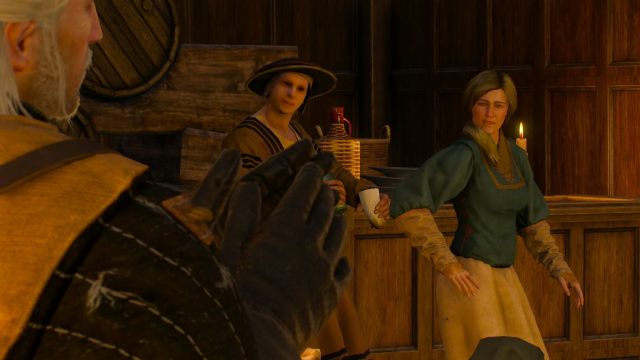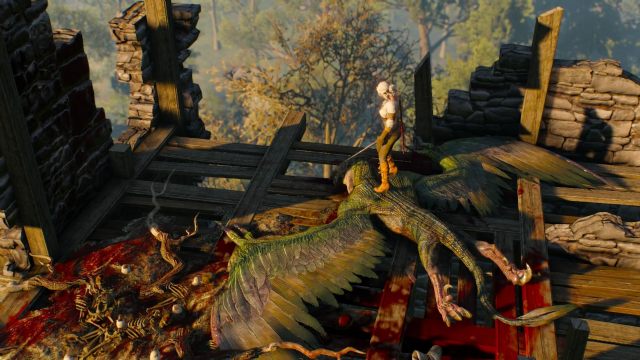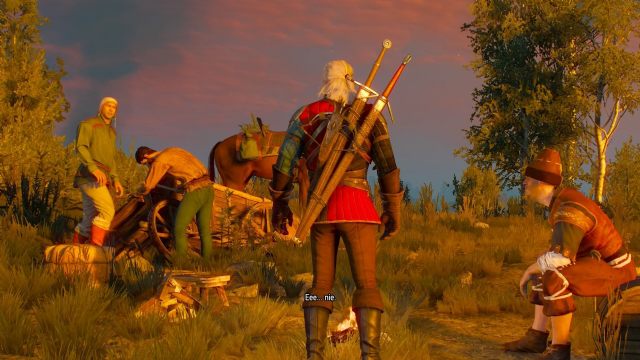Review of The Witcher 3: Wild Hunt on PS4 – A Brilliant RPG That Needs Some Polishing
After testing the PS4 version of The Witcher 3, one thing’s for sure – CD Projekt RED has risen to the challenge and created one of the best RPGs of the last several years. Unfortunately, there's a crack on the surface of this otherwise flawless diamond.
The review is based on the PC version. It's also relevant to PS4, XONE version(s).
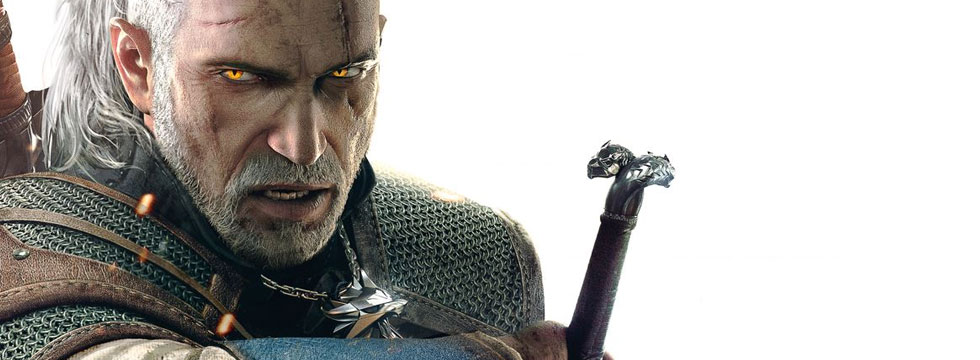
Review based on PS4 version of the game, without day one patch.
- Beautiful, vivid, and well-developed world;
- Extremely vast content;
- The plot;
- Thought-out sidequests;
- Engaging dialogues;
- Plethora of references to the works of writer Andrzej Sapkowski;
- Great freedom in character development and selection of equipment;
- Choices that prove to be meaningful;
- Artistic design;
- The music.
- Annoying frame drops;
- Loading screens;
- Poorly executed world boundaries;
- Numerous bugs;
- “The clones’ attack”.
The Witcher 3 is without a doubt a much anticipated title, not only in its native Poland where Andrzej Sapkowski’s novels about the adventures of Geralt have a cult-like status. Now, thanks to the two previous games developed by CD Projekt Red, The Witcher enjoys a widespread popularity worldwide. The Wild Hunt raised many expectations – from the very beginning it was meant to become a masterpiece of the Poland-based company, promising to provide a vast world full of surprises, a finale to a consistently developed story, as well as the appearance of the readers’ favorite, most crucial characters, who didn’t appear in the previous parts of the virtual saga. The last mission of the White Wolf was bound to prove difficult, not only because it consisted in eliminating a truly gut-wrenching threat. The Butcher of Blaviken also had to face the expectations of his faithful fans. In recent weeks, the developers and the media alike consistently turned up the hype surrounding the production, which could end up either a total failure or a spectacular victory.
Today, with almost one hundred hours spent in the fantastical Northern Kingdoms under our belts, there’s no doubt about one thing: CD Projekt RED delivered a product that is impressive in many aspects, especially early into the game, when we are still overwhelmed by the amazingly designed world and the enormity of the challenges that Geralt has to face. However, the deeper we delve into the story, the clearer it becomes that the Poland-based developer was unable to avoid some significant shortcomings despite having delayed the release twice. Had they had more time on their hands, we would have probably got a top-notch product, effortlessly earning top grades. I regret to say, however, that this didn’t happen.
Let's discuss Wild Hunt starting from the construction of the world, because I have a feeling that there are still some people who have no clue how it's built. If you still remember the early announcement made by the creators promising one enormous area that we would traverse horse-back in more than half an hour, you can forget about it. We've checked – the largest available area, namely Velen, can be passed through in thirteen minutes in a gallop from north to south. We must also add the occasional glance at a map, required to find our way bypassing the larger bodies of water, as well as the need to slow down, as Roach must go into a gait every once in a while to regenerate its strength bar. Unfortunately, Wild Hunt does not provide a single land mass (like e.g. Skyrim did) that would enable us to get to any point on the map by foot. The Skellige Islands constitute a completely separate territory; so does the starting location – White Orchard, the keep of Kaer Morhen and the palace in Vizima. Each of these places can be reached at any time during the game thanks to numerous waypoints, but every time we are faced with a mandatory loading screen, which in the case of the aforementioned Velen can really take some time. Being forced to admire the word "Loading" is one of the biggest nightmares of the new Witcher.
Conversely, the construction of the locations itself is an absolute masterpiece – we can feast our eyes on the views the game provides many times and never get tired of them. The tiny villages resemble shabby, God-forsaken places somewhere deep in the Slavic countryside, where it’s still possible to come across cottages with thatched roofs. A great impression is left not only by the settlements meticulously designed down to the smallest detail, but also caves shrouded in darkness, vibrant cities, forgotten ruins, as well as devastated and abandoned buildings that we can find in virtually every corner of the former Temeria. The roads were "adorned" with corpses hanging from the gallows, serving as a stark reminder of the events that took place in these areas after the disastrous attack of Nilfgaard’s forces. All the villages are full of people engaged in everyday activities, who find time however to comment on the presence of the witcher, often in a highly vulgar manner. Many times I found myself taking a moment's rest on the banks of rivers or lakes to admire a picturesque sunset or its rays piercing through the trees in the woods. Another beautiful view was provided by intense downpours coupled with intense gusts of wind that shook not only the plants, but also the abovementioned dead bodies. To sum up, the design of the realms in the third installment of the Witcher is simply breath-taking – it's one of the most distinctive and vivid worlds I've interacted with so far.
Even the most exquisite world would be nothing without the freedom of exploring it thoroughly. We must admit that the developers made a significant effort to keep Geralt busy in the Wild Hunt. He can eradicate monsters’ lairs and bandits’ camps, search for valuable treasure, locate the so-called places of power, and even liberate small settlements from the control of various mean creatures – once he does that, they are quickly repopulated by their inhabitants previously forced to flee. In the newest Witcher we won’t experience a single situation in which we’ll be forced to look for insignificant knick-knacks in the vast world. Any random side activity, which translates to any task that doesn't constitute a quest as such, appears justified and not forced. It's a really nice change from other sandboxes that artificially lengthen the gameplay by pushing the players to look for useless items. Let's keep in mind that even the amazing GTA V is not without fault in that respect.
In terms of the virtual world, I basically have but one reservation – its artificial boundaries. If we wander near an edge of an area which has not been developed by the authors, Geralt says something that's supposed to prompt the player to abandon further exploration, and then the map activates automatically. Once we turn it off, the game takes us back to a safe location and that's it – we simply can’t go any further. This solution leads to rather bizarre situations. To the north of Novigrad, there is a marked (and therefore interactive) boat that's impossible to approach, because the game prevents us from doing so as soon as we reach the water level. It's fairly easy to get to a land located just a few meters further away, but only in one particular place. The exploration of this newly discovered island is out of the question either – again, we'll encounter the abovementioned restriction. Keep this in mind when playing – although the map shows areas that are theoretically within the witcher's range, you will never be able to reach them.
Tasks of all sorts constitute one of the greatest assets of the Wild Hunt, and the developers' promises of providing a rich content were not left unfulfilled. The main story arc is extremely long and can suck the player in for at least several dozen hours. Of course, there's more: a whole bunch of sidequests, often equally complex as the missions included in the main storyline. Although Geralt is treated by most clients as a typical errand boy, we never get the impression that we are dealing with an endless string of fedex quests. If we're suddenly informed that a nearby man has been attacked by a bunch of thugs, we can start a conversation and intervene, or simply turn on our heel and ignore the poor guy. The decisions we make have a real impact on the game world, albeit to a limited extent. When I interrupted one of my travels to help a group of travelers attacked by drowners, a few hours later I was met with one of the survivors in a completely different place. It turned out that the merchant reached his destination, set up his shop and was now willing to offer me all kinds of stuff at a bargain price. Such situations are quite common in the game.
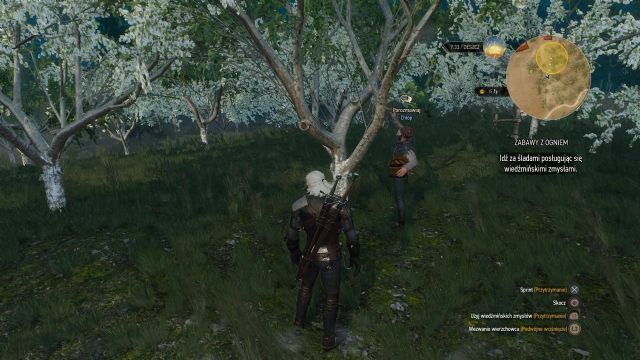
The inhabitants go about their business. We can encourage them to talk, but don't expect lenghty monologues.
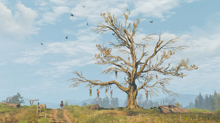
Wild Hunt contains a plethora of references to the works of Andrzej Sapkowski. Fans of the Witcher books will surely enjoy some tidbits far more than those who didn't have a chance to grab a copy of the novels and short stories yet. The allusions exist both in the dialogues and specific events – there are even tasks that relate directly to some stories, for example The Last Wish. The developers’ knowledge of the source material is best demonstrated by the fact that the virtual version of a certain sorceress, who wasn't even a significant character in the books, has a mole in exactly the right place.
Before the release of the Wild Hunt, the construction of the plot raised some concerns – skeptics feared that an open world would have a negative impact on the continuity of the story and the choices made ??in its course. I can assure you that there is no such effect. The Witcher 3 is a production completely different from The Elder Scrolls series. Its greatest focus is on the story, and in this respect it’s more reminiscent of Gothic than Oblivion or Skyrim. Never during my time spent in the game – and it was hardly a quick session – did I feel that I was pulled away from the main plotline, namely the search for Ciri. Most importantly, helping some NPCs in satisfying their various whims has an impact on the most important events of the plot. I can’t reveal any details so as not to spoil the fun, but further into the game we are dealing with a situation bearing a striking resemblance to the finale of Mass Effect 2. Our previous actions have impact on who is going to have our back in the decisive moment, and there will be no turning back once the decisions are made – if someone tells us "no," we must respect their opinion, because the chance to change it basically equals zero. The choices are also connected with our love lives, namely Geralt's affection towards Triss or Yennefer. Romantic overtures made towards both sorceresses will certainly lead to an interesting outcome.
Of course, not all tasks represent an equally high level, so apart from amazing missions we also get some that are tedious. The storyline involving Dandelion was the one I found the most boring, although I may be biased by my general dislike for the bard whom I simply find annoying as hell. Overall, however, it's hard to find any weaknesses in the plot. The tasks have a solid backstory and are properly developed. What's more, the authors provided a variety of dialogues that not only familiarize us with the motivations of the characters, but also deepen our knowledge about the world and its realities. Praise is also due for the bold attempt to tackle the kind of issues that are rarely present in other RPGs. Novigrad is witness to a brutal witch-hunt reminiscent of the Middle Ages; the largest city of the game is where racist tendencies of its residents are expressed towards non-humans; finally, in the area occupied by Nilfgaard we stumble upon a lynching in the making when local peasants with a still fresh memory of the bloody invasion of black riders from the south manage to catch a lone fugitive from the hostile army. As in the previous games, many times we are forced to choose the lesser evil. Geralt, albeit a decent man by nature, rarely has the opportunity to enjoy making cut-and-dried decisions that are either positive or negative. Witcher's adventures are always depicted in shades of gray, and our choices may even prompt the locals to give Geralt a nickname as colorful as the one he was given after his stint in Blaviken.
One should also appreciate the fact that the developers put the spotlight on the most crucial characters from the Witcher universe. In some cases, they even added people that were only mentioned in passing in the books. Without revealing too much, I can say that Geralt will explore the Skellige Islands mostly in the company of Yennefer, as if the authors wanted to help the couple make up for the lost time. In turn, the history of a baron from Crow’s Perch will reveal facts that are increasingly darker and more difficult to assess unambiguously – it is also one of the arcs that I liked best. Much focus was also put on the nomadic monster hunters who, as usual, are hardly the favorites of local communities. Although ordinary people often turn to Geralt for help in more or less trivial matters, it's crystal clear that they don't approach him with much respect. Our stay in Kaer Morhen, where we get to spend some quality time alongside our brothers-in-arms, is a great episode. The whole fragment in general is a nice change from the rather grim reality that awaits us beyond the walls of the fortress located somewhere on the edge of the world. It is also worth mentioning that The Witcher 3 is filled to the brim with a variety of fun details (though not nearly as many as the truly stunning in this regard GTA V). As previously announced, Geralt's beard really grows back in a noticeable manner if we don't visit the barber shop for a while. When the witcher asks the abovementioned baron to order the inhabitants of the village to put salt in front of their dwellings for the period of the curse, we can actually see the telltale white lines outside the doors of their cottages. I really love such attention to detail.
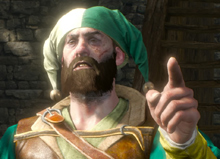
“The clones’ attack” is a drawback that's capable of disrupting the immersion in many productions, but in Wild Hunt it's particularly noticeable. Personally, I find it reminiscent of Arcania, which was really terrible in that respect. The bloke visible on the thumbnail above will cross your path in the game so many times in so many different variants that you'll soon grow tired of his mug.
Geralt himself also makes a great impression. Developing subsequent RPGs with the same character in the lead role usually forces the developers to implement some far-fetched solutions (see Gothic II and the famous reset of the Nameless Hero's abilities after the expulsion of the Sleeper). However, I had no problem with the fact that the White Wolf yet again had to learn his trade from scratch to be able to beat even the weakest creatures. The character development system has been implemented well enough so that the need to learn the disadvantages of the monsters again is not too bothersome during the fight. Our protagonist is also graced with quick wit. Many times I was surprised by the reactions of the hero to specific events, which, surprisingly, coincided with my own feelings on the matter. A considerable freedom in deciding the fate of other people is also one of the advantages of the game.
When it comes to gameplay mechanics, the authors managed to find a reasonable compromise between the players’ convenience, and the complexity of the individual elements. In Wild Hunt we deal with a lot of micromanagement, but I never felt that the user interface in the inventory or on the character screen was poorly executed – in fact, it was quite the opposite. The player must choose the skills precisely (not all unlocked abilities can be activated at the same time) and enhance them with colorful mutagens. Much time is also devoted to crafting. While Geralt has no problem with brewing all sorts of potions and oils, forging swords and armor parts is something he'd rather entrust to professionals he occasionally encounters. The Witcher 3 contains an enormous number of items, all of which can be used to acquire the necessary raw materials – this process of acquisition can therefore become a mini-adventure in itself. A plethora of recipes, instructions and diagrams found in various places encourages us to carry out further experiments in this field, which of course translates into an increasingly better assortment. Even in Skyrim, the equipment doesn't change as often as it does here, which is probably the best evidence of its large variety.
The combat turns out to be simple – I would even go so far as to say that it's sometimes too simple. Although the enemies are not waiting patiently for their turn (as it happens in Assassin's Creed), and in large groups and close quarters can cause a lot of trouble to a careless witcher, after learning their ways and mastering the art of dodging, defeating them becomes the proverbial piece of cake. On a normal (second) level of difficulty, there’s no point in dipping the blades in oils, because this will not change radically the course of the skirmish; at most, it will slightly accelerate its conclusion. If decently directed, Geralt is able to complete the entire adventure on the thirtieth level of experience, without breaking a sweat during fights with bosses, who are quite numerous here if we count the monsters in the hunting missions. I strongly recommend that the RPG veterans start their adventure on one of the last two levels of difficulty, as this is where you'll finally feel the need to prepare for fights by checking the information on the weaknesses of rivals in the bestiary and selecting the appropriate signs, elixirs and oils. The authors apparently wanted the normal level to allow the less engaged players to complete the adventure without too much stress, and they certainly succeeded in this effort.
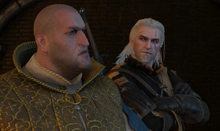
In the third Witcher we will find many characters to whom Andrzej Sapkowski devoted relatively little space in his works. One of the people whose significance increased in the game, was Dijkstra – former chief of Redanian Secret Service. I immediately became fond of this gentleman, both ruthless and consistent in his actions.
The fears expressed by some fans regarding the crossbow proved to be unfounded – the use of this weapon failed to distort the course of skirmishes, as fighting with the sword remained the only reasonable option. The same goes with bombs – they are helpful, but the artificial limitation of their number in the inventory doesn’t allow us to get rid of a threat quickly and painlessly. Fighting horseback looked impressive only in the trailers – during the game it's best to just get off Roach and settle the matter while standing on our own two feet, especially since the Aard Sign effectively throws the enemy riders out of the saddle. While very limited, witcher's magical abilities prove useful also in other situations, e.g. by using Axii, we can dispose of the annoying spikes from the bodies of alghouls. Thanks to such additions, the clashes become more exciting, especially when successive hits do not come as smoothly as they should.
As for the visual side of things, I'll be brief – the game looks pretty, but it's by no means groundbreaking. If you still feel compelled to assess the game as seen through the first released videos and images, you must manage your expectations or prepare to be sorely disappointed. What you see is what you get – at the moment, there’s enough video content on our associated website to compare the final version of the title with the much more impressive promotional materials from two years ago. Although the technological downgrade is noticeable, the graphics should be assessed as a whole, taking into account also the artistic design – and this aspect looks really great.
The music is top-notch. Fragments of songs by the Polish folk band Percival, which sounded so good in the trailers, are not prevalent in the soundtrack, but they clearly accelerate our heartbeat when they are featured, which mostly happens during battles.
In terms of other shortcomings, my biggest disappointment was related to the loading time, and not only because we cannot move smoothly between areas, e.g. when on board of a boat. We're forced to admire the loading screens quite often also in other situations, which really makes a terrible impression, especially in comparison with the already mentioned GTA V. There are moments where they become annoying as hell, e.g. in all episodes featuring Ciri. Though not very frequent, they become active whenever we determine some important fact associated with her possible whereabouts. Equally troublesome is the widespread texture pop-in visible to the player, and really substantial frame drops.
PlayStation 4 used for testing completely failed to support the technology used by CD Projekt RED. Frame drops were noticeable to the naked eye, especially when a lot was happening on the screen or when we entered a big city. Have you wondered why most of the videos before the premiere were recorded in the White Orchard? The answer to this question is extremely simple – because it is a tiny location where we won’t see any pop-ins of the environment elements to an extent we do in Velen. The fact that we happen to see figures not covered by textures in cutscenes is a bummer, too. Every now and then, we’re even experiencing a delay when loading… the minimap. It's hard to ignore "features" such as NPCs materializing out of thin air, traveling companions disappearing from sight, though still talking to Geralt as if they were standing next to him, or defeated opponents who rise from the dead only to fall down again a second later. It is likely that the abovementioned errors will be minimized in the full version – the authors assured us that on the release date a large patch will launch that will remove some of the defects diagnosed above, but whether this actually happens, we are yet to find out. As of now, The Witcher on PlayStation 4 leaves much to be desired, and many of you will be immediately reminded of the infamous case of Assassin's Creed: Unity.
Giving a final score to The Witcher was not an easy task. For me, Wild Hunt is a production that could successfully aspire to be a "ten" – it's compelling, thought-out and captivating. Remember how we used to say "just one more round" when playing Civilization? Probably for the first time in my entire life I experienced the syndrome of "just one more quest" when playing an action-focused RPG. Wanting to see what will happen next made me prolong my session with the console planned for only two-three hours. Instead, I spent six, seven, or even ten hours immersed in the fantastical world. How many games have managed to capture our attention in a similar way? However, I found it impossible to give the game top score, especially after the level of excellence that Rockstar provided in GTA V. Sure, these are completely different genres, but the scale is similar. Perhaps it is the question of money (the budget of CD Projekt RED was way more limited than what the Scotland-based studio presumably had at their disposal), perhaps too little time to fix the most annoying errors. If the devs of The Witcher 3 had implemented a wider scope of corrections, this first impression would have been so much better. At the end of the day, the game is absolutely wonderful, but it’s difficult to turn a blind eye to its numerous defects.
If you’re reading this review focusing on the score visible on the first page of this text, remember to compare what’s written here with what you'll see after the premiere. CD Projekt RED is known for polishing their works for a long time and making every effort to eliminate all the bothersome bugs. It is possible that we will revise the score given once the patches are released, especially since this week we are going to take a close look at the PC version (we haven't had the chance to do so yet). With Assassin's Creed: Unity we let some shortcomings slide, hoping the developers would solve the problems on release. Since then, we've become more cautious when it comes to promises made by creators. The maximum score is still within the game’s reach, but certainly not at this point. We'll see how Wild Hunt fares after the day-one patch, because at the moment the technical deficiencies are overshadowing the remaining part of the game.
The Witcher 3: Wild Hunt
Review of The Witcher 3: Wild Hunt on PS4 – A Brilliant RPG That Needs Some Polishing
After testing the PS4 version of The Witcher 3, one thing’s for sure – CD Projekt RED has risen to the challenge and created one of the best RPGs of the last several years. Unfortunately, there's a crack on the surface of this otherwise flawless diamond.
